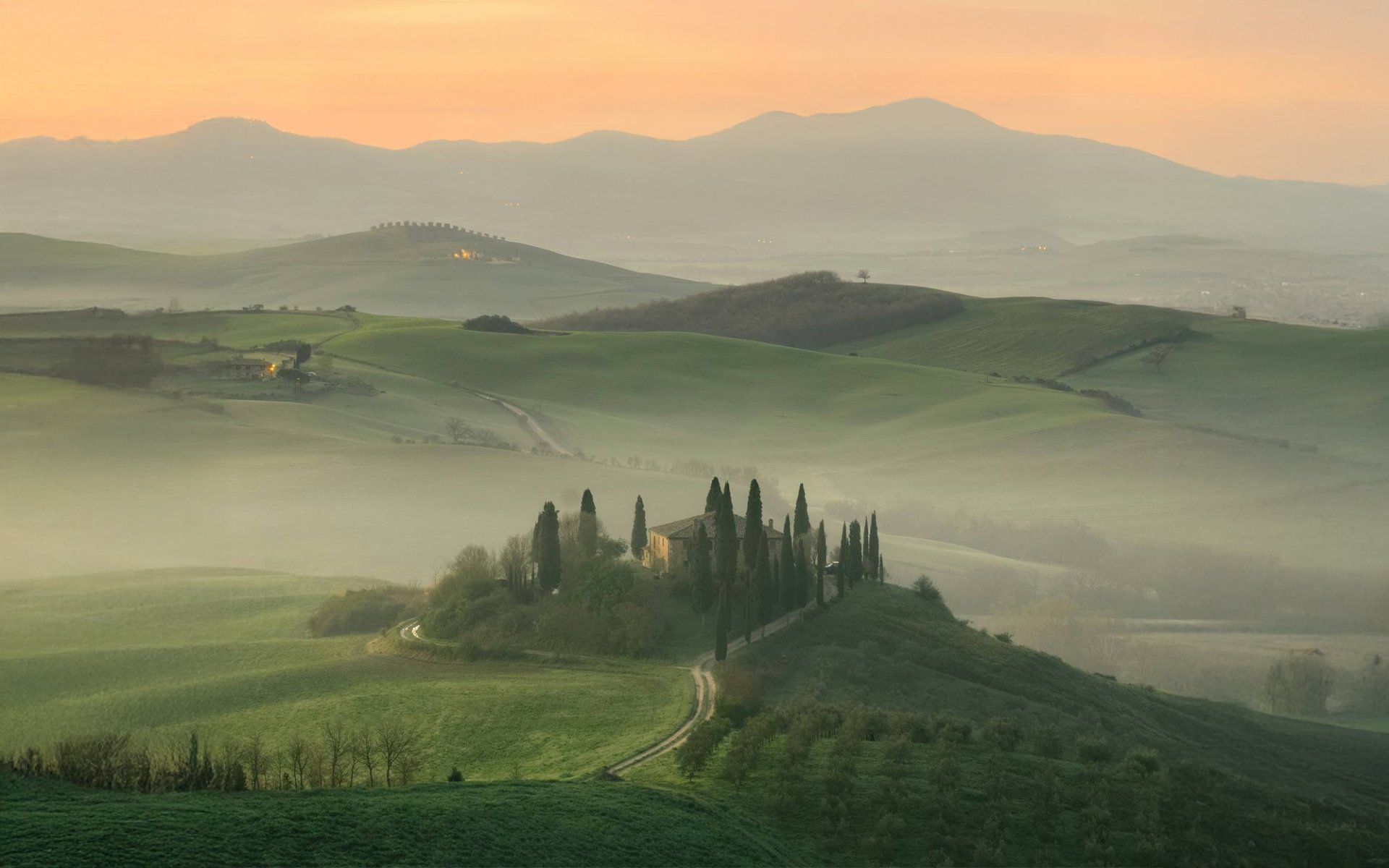Super Tuscan Wine

The term Super Tuscan refers to a type of red wine from the region of Tuscany, Italy, which broke away from traditional Italian winemaking norms to produce innovative, high-quality wines. These wines have earned international acclaim and have had a significant influence on the Italian wine industry. Today, Rimping Supermarket will take you on a deep dive into the story of these rebel wines that became legendary.
Origins: Discontent with DOC Regulations (1970s)
The story of Super Tuscan Wine dates back to the period after World War II, specifically the 1970s. At this time, many Italian winemakers felt frustrated by the overly strict regulations of DOC (Denominazione di Origine Controllata). These rules mandated that Italian winemakers use only traditional Italian grape varieties to preserve the identity of Italian wine. However, these rigid regulations stifled innovation and experimentation for many Italian producers.
As a result, winemakers in Tuscany began experimenting with planting international grape varieties that were not traditionally Italian, such as Merlot, Cabernet Sauvignon, and Syrah (French grape varieties), for their wine production. However, because these wines did not fall under DOC regulations, they were classified as Vino da Tavola, the lowest quality category, essentially just common table wine.
Pioneers and Revolutionary Wines: Sassicaia and Tignanello
initially, these wines were not popular and were not yet called Super Tuscans. It wasn't until 1968 that Mario Incisa della Rocchetta, owner of Tenuta San Guido vineyard in the village of Bolgheri and one of the pioneers of Super Tuscan wine production, released Sassicaia. This was the first Bordeaux-style wine produced from Cabernet Sauvignon and Cabernet Franc grapes, aged in French oak barrels.
Rocchetta had secretly been producing Sassicaia since the 1940s for personal consumption, but in 1968, he began selling this wine commercially for the first time, in defiance of DOC regulations.
After its release, Sassicaia quickly gained immense popularity in Tuscany, inspiring other Tuscan winemakers to increasingly produce wines that did not conform to DOC regulations. (Today, this wine is one of the most sought-after premium wines in the world.)
In 1971, Marchese Piero Antinori, another Tuscan winemaker, released Tignanello. This wine was a blend of a traditional Italian grape variety, Sangiovese, with French varieties like Cabernet Sauvignon and Cabernet Franc, aged in French oak barrels. This wine was produced in Chianti, a region in central Tuscany. Here, the rule for wines labeled as Chianti DOC was that they must be made from at least 70% Sangiovese grapes, with the remainder from Canaiolo and Malvasia grapes grown in the area. Thus, this was the first time the region broke this rule, and this wine also became extremely popular.
From Rebel to Global Recognition and the Name Super Tuscan (1978 - Present)
In 1978, Super Tuscan wines gained international acclaim when Sassicaia famously outperformed top Bordeaux wines in a blind tasting in Paris, competing against 30 other wines. This victory brought Super Tuscan into the global spotlight.
From then on, Super Tuscan wines achieved great success in international markets, especially in the United States. It is said that in the US, these wines were first dubbed Super Tuscan, a term believed to have been coined by Robert Parker, the American wine critic who was among the first to recognize the quality of these new wines.
Wine critic Robert Parker once rated the 1985 Sassicaia with a perfect 100 points, stating, This is the most impressive wine I have ever encountered in my 37 years of tasting.
The success of Super Tuscans led the Italian government to establish a new wine quality classification in 1992, categorizing Super Tuscans as Indicazione Geografica Tipica (IGT) (Typical Geographical Indication). This category emphasizes the wine's origin rather than its characteristics and grape varieties. The IGT category ranks higher than Vino da Tavola but below DOC and DOCG.
This new classification allowed for greater flexibility in Italian wine production regarding grape varieties and winemaking methods. Wines could now be produced from a wider range of grape varieties and in many regions across Italy, not just Tuscany. Typically, they are named after the region or city of production.
Over the past few decades, Super Tuscans have continued to be praised for their innovation and quality, significantly influencing the global wine industry. These wines have inspired winemakers worldwide to experiment with new ingredients and techniques, pushing the boundaries of wine production.
Furthermore, the success of Super Tuscan wines has elevated the reputation of Italian wines on the global stage, proving that Italy can produce world-class wines comparable to those from France and other leading wine-producing countries.
Today, Super Tuscans remain among the most sought-after and highly acclaimed wines in the world, often commanding high prices and consistently receiving top scores from critics.


